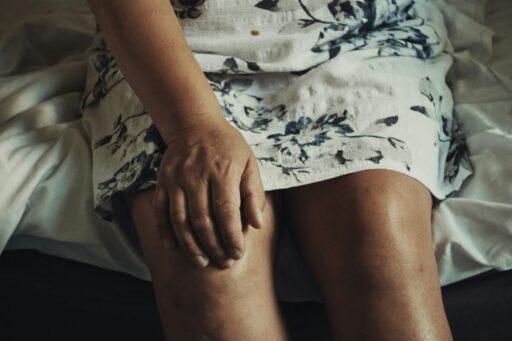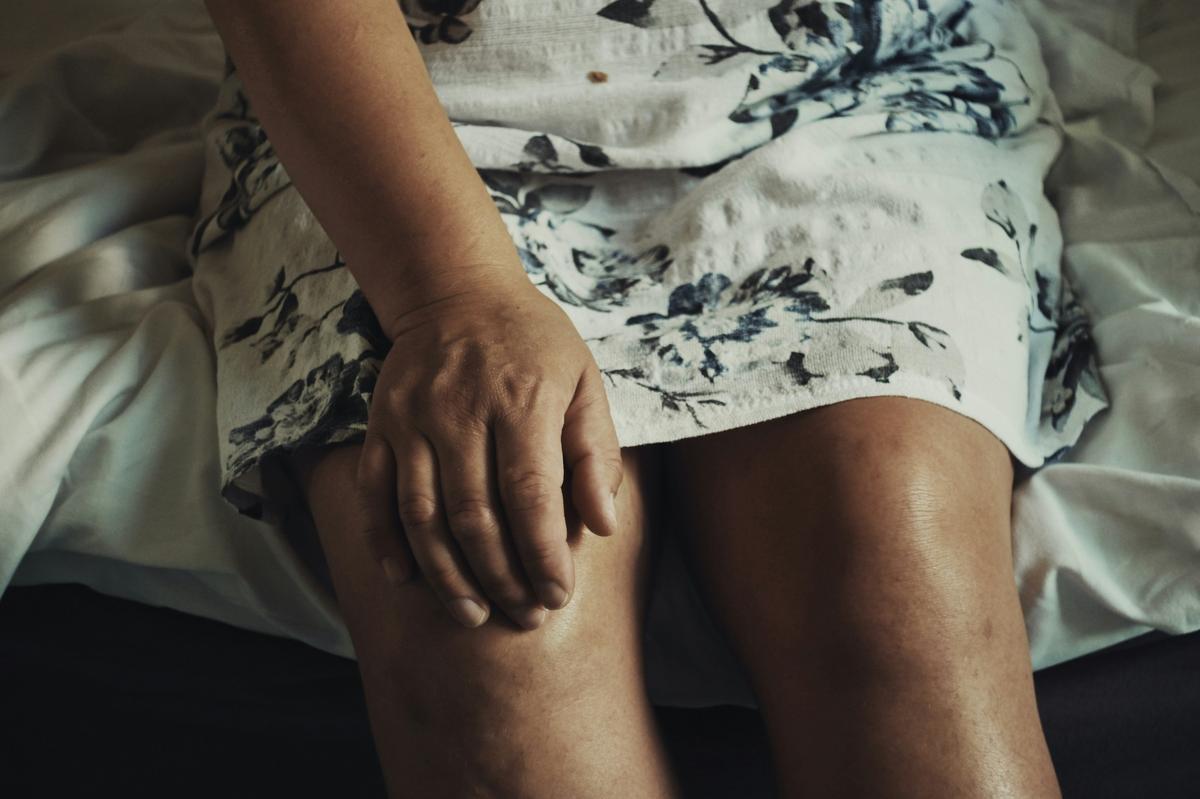Menopause and Joint Pain: What’s Really Going On?
Healthy’s Summary
If your knees creak more than they used to—or your fingers feel stiff before your morning coffee—menopause might be playing a hidden role. As estrogen levels decline, many women notice unexpected stiffness, achiness, or swelling in places that never gave them trouble before.
Hormonal shifts can mess with more than your mood or sleep—they also play a quiet but significant role in inflammation and joint health. It’s not uncommon to feel older overnight. But understanding what’s happening can help you take back some control.
Why does menopause cause joint pain?
First things first: estrogen isn’t just about reproduction. It’s involved in dozens of processes throughout the body—including keeping inflammation in check. That’s why menopause and joint pain often go hand in hand. As estrogen declines in perimenopause and menopause, your body can become more prone to inflammation, and that includes within your joints.
This can feel different for everyone. For some, it shows up as morning stiffness that takes longer to shake off. For others, it’s a new tightness in the shoulders or knees after a walk that didn’t used to be a problem. Even small joints—like fingers—can start to feel swollen or sore, which some women confuse with early arthritis. This type of joint pain is sometimes called arthralgia of menopause. It’s not quite the same as arthritis—there’s often no visible inflammation or damage on scans—but it can feel just as frustrating. Estrogen plays a role in joint health by supporting cartilage and regulating inflammation. When levels drop during menopause, joints can become more sensitive, stiff, or achy, even without injury. For many women, it’s a subtle but persistent shift that makes everyday movement feel just a little harder.
Here’s where it gets tricky: joint pain during menopause can mimic other conditions. Osteoarthritis becomes more common with age, and autoimmune diseases like rheumatoid arthritis are more likely to appear in midlife women. That’s why it’s important not to brush off your symptoms or assume they’re “just menopause.” If the pain is persistent, disruptive, or gets worse, it’s worth a real medical look.
What helps relieve menopause joint pain naturally?
If you were wondering whether there’s a silver bullet, we wish we could say yes—but it’s more about layering a few strategies that can help over time.
Movement is key. It might feel counterintuitive to move more when you’re already aching, but regular physical activity actually helps reduce inflammation and keeps your joints lubricated. Low-impact options like swimming, cycling, or yoga can be especially gentle on sore spots while still building strength.
Food matters, too. Diets rich in whole foods—especially those with anti-inflammatory properties, like leafy greens, fatty fish, and berries—can support your body’s natural healing processes. Some women also find relief through supplements like omega-3s or vitamin D, though you’ll want to talk with a provider before starting anything new.
And of course, managing stress and getting enough sleep can help your body recover and reduce the overall inflammatory load. Hormonal changes are already shaking things up—stacking exhaustion or chronic stress on top only makes the pain feel louder. If you’re also noticing changes in your weight or body composition, this article on menopause weight gain breaks down what’s really going on—and how to respond without spiraling.
Ask Healthy
Is it menopause… or something else?
One of the hardest parts about menopause joint pain is that it doesn’t come with a blinking sign. You might wake up with a stiff back or notice your knuckles aching and think you slept wrong or overdid it at the gym. But if it’s happening regularly—and especially if it lines up with other menopause symptoms like hot flashes, brain fog, or irregular periods—it might be connected. If you’re not sure what early menopause even looks like, this guide on early menopause symptoms can help you spot the signs sooner.
That said, don’t assume. If pain starts suddenly, shows signs of inflammation like heat or redness, or doesn’t improve with rest, it’s time to check in with your doctor. A rheumatologist or primary care provider can help rule out other causes and recommend personalized support. Menopause can be a convenient scapegoat, but it shouldn’t be the only explanation on the table.
According to the Cleveland Clinic, nearly half of postmenopausal women report some level of joint pain, especially in the knees and hands. But with the right approach, many find significant relief and even reversal of symptoms.
The Takeaway
Joint pain during menopause isn’t rare, but it also isn’t something you just have to put up with. Estrogen plays a surprisingly big role in joint health, and its decline can leave your body more vulnerable to inflammation and wear. Still, your body is adaptable. With the right combination of movement, nutrition, and care, it’s absolutely possible to feel strong, mobile, and in control again.
Menopause may be a major transition, but it doesn’t get the final say on your quality of life.
Want to dig deeper?
Navigating Menopause with Confidence
Experience menopause with clarity and control. This program helps you track key symptoms like hot flashes, mood swings, and sleep disturbances while offering actionable insights and lifestyle strategies. Through personalized guidance, explore ways to optimize nutrition, manage stress, and maintain physical health during this pivotal life stage. With tools for symptom tracking, goal setting, and a supportive community, you’ll feel empowered to navigate menopause and embrace this phase of life with confidence.
Enroll in one of Healthy’s Programs to log, track and learn more about your Health, one conversation at a time.
Learn More




